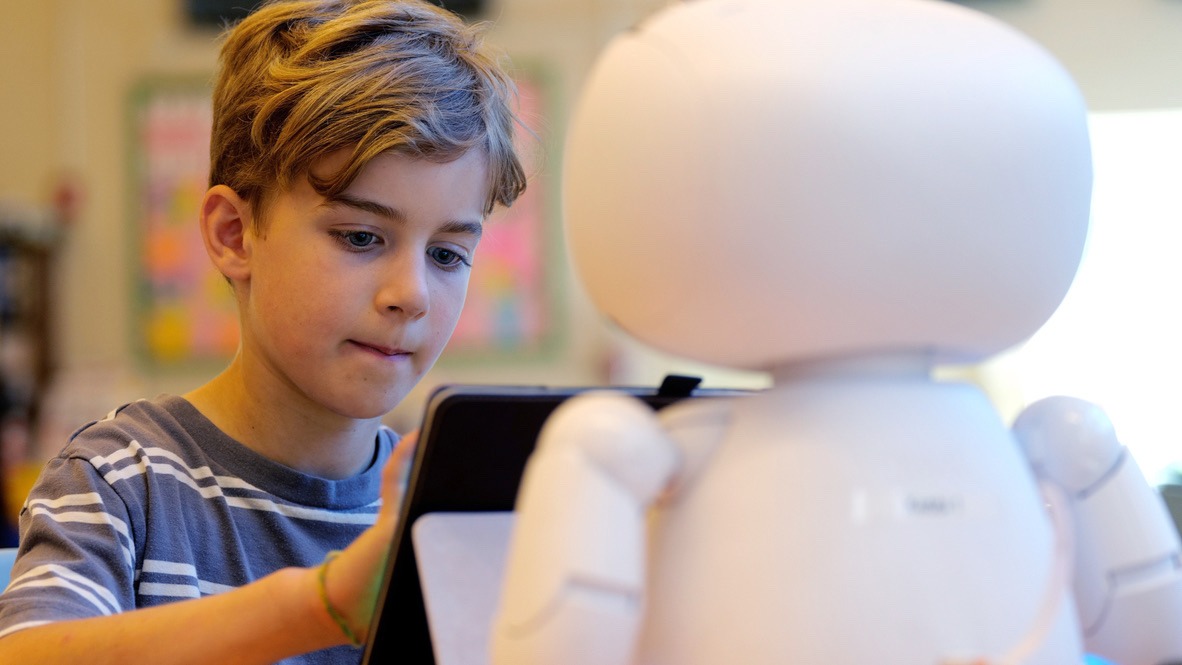This is especially true for children with autism. With an increase in autism awareness and understanding, more children in the United States than ever before are being diagnosed with Autism Spectrum Disorder (ASD).
According to recent data from the Centers for Disease Control, 1 in 54 kids in the United States has been diagnosed with autism.
Why Use Robots?
There are many reasons why Robot-Assisted Instruction (RAI) from moviarobotics.com/misty-ii helps children with autism learn and succeed in school and life.

As Tim Gifford puts it, “Adults and other children can be very off-putting for a child with autism. Interacting with the robots is more consistent, simpler, and is never judgmental. It makes interactions less stressful.”
Children with autism who have difficulties understanding social cues, such as facial expressions, verbal or non-verbal gestures are able to interact with robots more easily because those communication barriers do not exist.
Since RAI is a less stressful way of educating children with autism, robots are an effective technology for special education instruction.
Additionally, robots can give children with autism what a human practitioner cannot: tireless repetition and consistency. Children with autism learn best through repetition. It can be challenging for teachers and therapists to provide repeated instruction that is engaging and fun, but also consistent and predictable.
Robot-Assisted Instruction is an excellent solution to this challenge! Research shows that robots provide children with autism the repetition they need while making learning exciting and captivating.
Finally, robots can become a permanent fixture in both special education and regular education classrooms. With RAI, there are so many possibilities for continuity of learning! Systems can be tailored and preprogrammed with child profiles so that interactions are personalized and track student progress goals.
